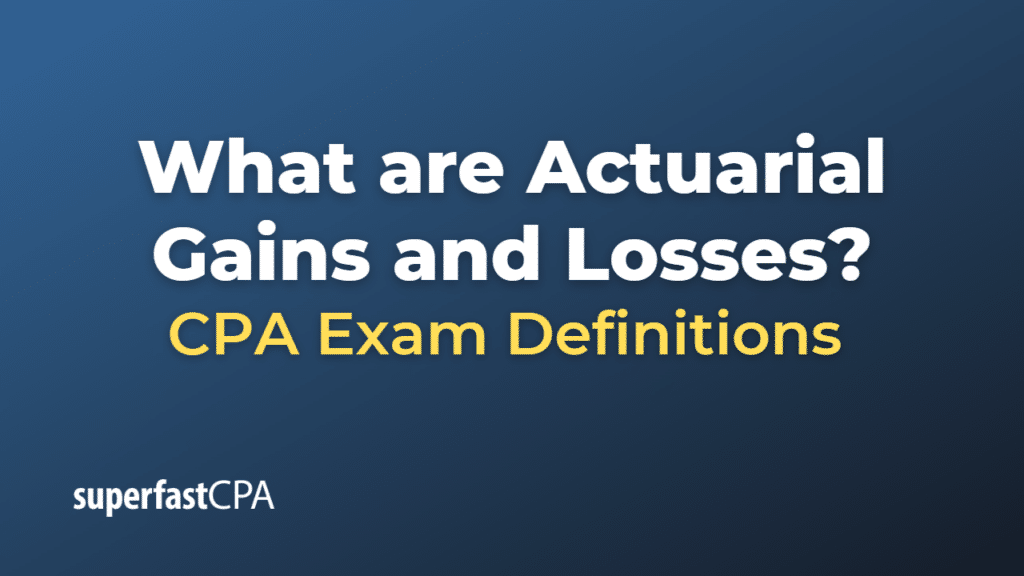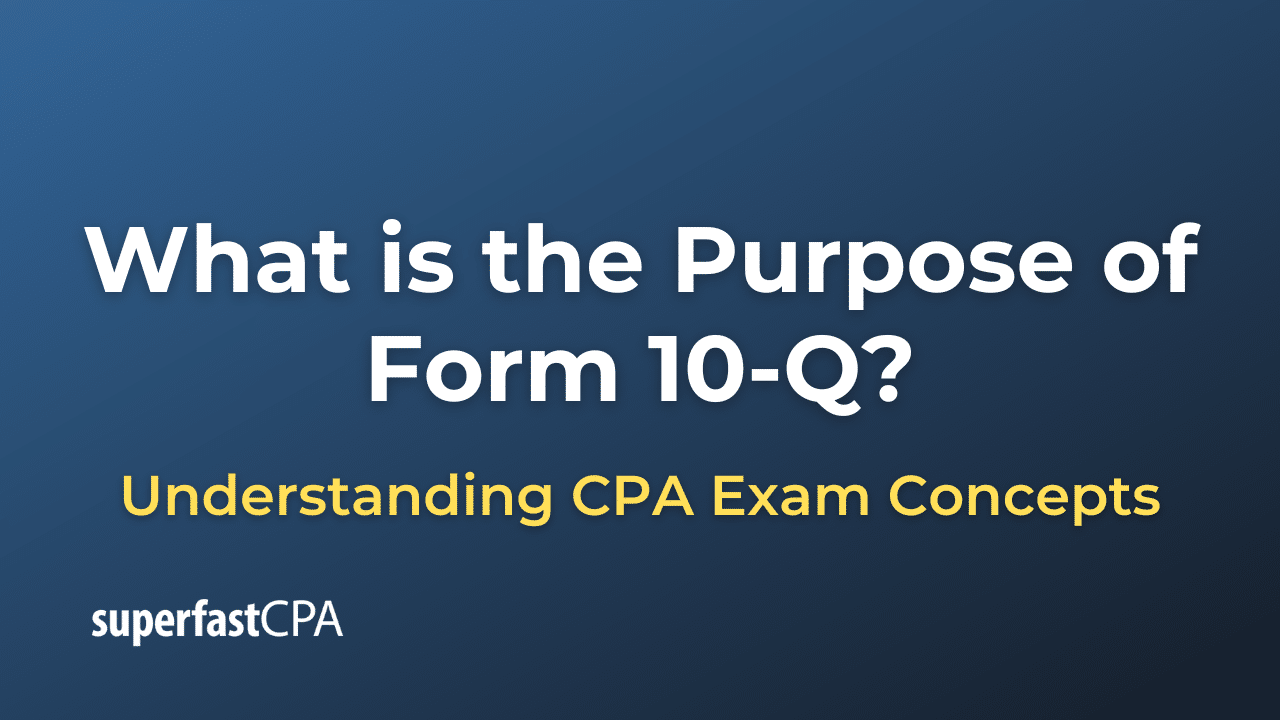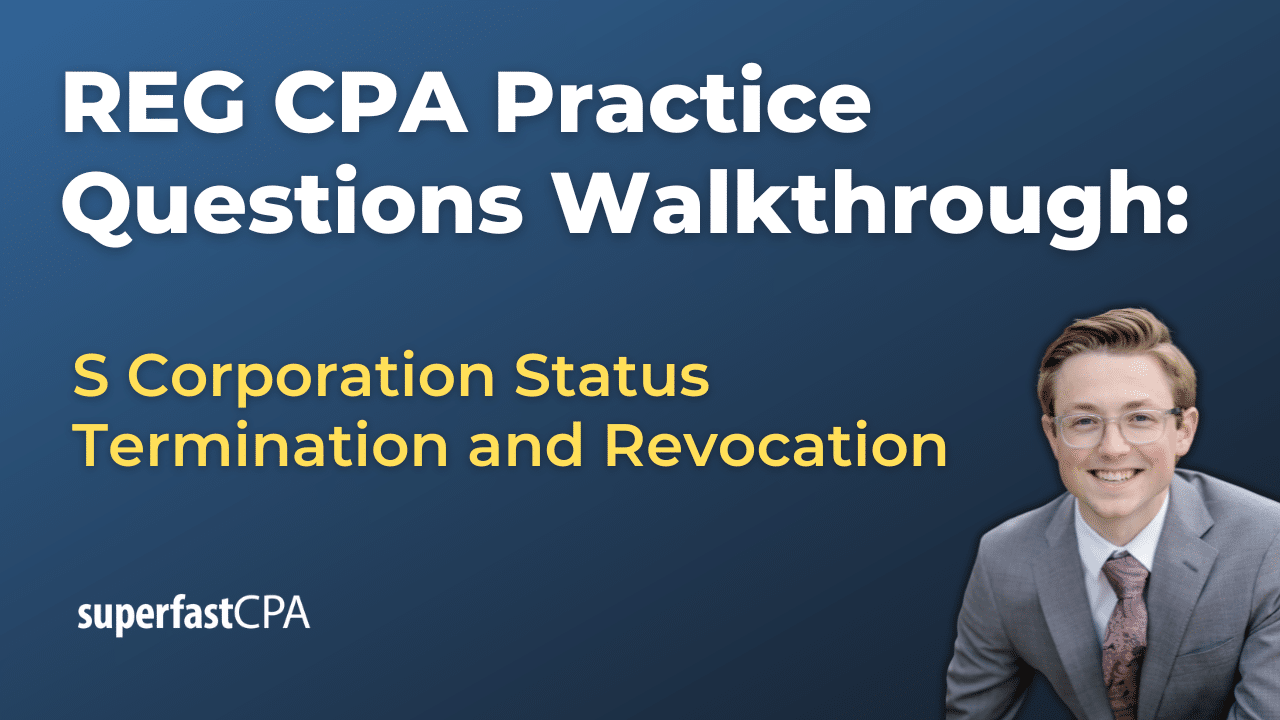Actuarial Gains and Losses
Actuarial gains and losses are adjustments to the estimated values of a company’s pension or other post-employment benefit obligations that arise from differences between actual outcomes and previous assumptions. They result from changes in actuarial assumptions or actual experience deviating from those assumptions.
Actuarial gains and losses can occur due to several factors, such as:
- Demographic assumptions: Changes in employee turnover, retirement age, or mortality rates can lead to actuarial gains or losses. For example, if employees retire later than expected, the company’s pension obligation may decrease, leading to an actuarial gain.
- Economic assumptions: Changes in factors like discount rates, salary growth rates, and inflation can impact the present value of future pension obligations. For instance, if the discount rate increases, the present value of future obligations will decrease, resulting in an actuarial gain.
- Plan experience: Differences between the actual experience of the plan and the assumptions made in calculating pension obligations can lead to actuarial gains or losses. For example, if the pension fund’s investment returns are higher than expected, the plan’s assets will grow faster, leading to an actuarial gain.
In financial reporting, actuarial gains and losses are typically recognized as a component of other comprehensive income (OCI) and accumulated in the equity section of the balance sheet. Under some accounting standards like IFRS, companies can choose to recognize actuarial gains and losses immediately in the income statement or through a “corridor” approach, where gains and losses are recognized over time based on a certain threshold.
Example of Actuarial Gains and Losses
Let’s consider a hypothetical example of a company that sponsors a defined benefit pension plan for its employees. At the beginning of the year, the company’s actuary estimates the pension obligation to be $1,000,000 based on certain assumptions, such as the discount rate, salary growth, and employee retirement age.
During the year, the actual experience of the plan differs from the initial assumptions:
- The discount rate used to calculate the present value of future pension obligations was 4%, but interest rates increased during the year, leading to a revised discount rate of 5%. This change reduces the present value of future pension obligations, resulting in an actuarial gain.
- The company’s employees received salary increases that were lower than the assumed salary growth rate, leading to a decrease in the projected pension obligation and another actuarial gain.
At the end of the year, based on the revised assumptions and actual experience, the actuary recalculates the pension obligation to be $950,000. The difference between the initial pension obligation estimate ($1,000,000) and the revised estimate ($950,000) is an actuarial gain of $50,000.
This actuarial gain of $50,000 would be recognized as a component of other comprehensive income (OCI) and accumulated in the equity section of the balance sheet, unless the company has chosen to recognize actuarial gains and losses immediately in the income statement or through a corridor approach.














